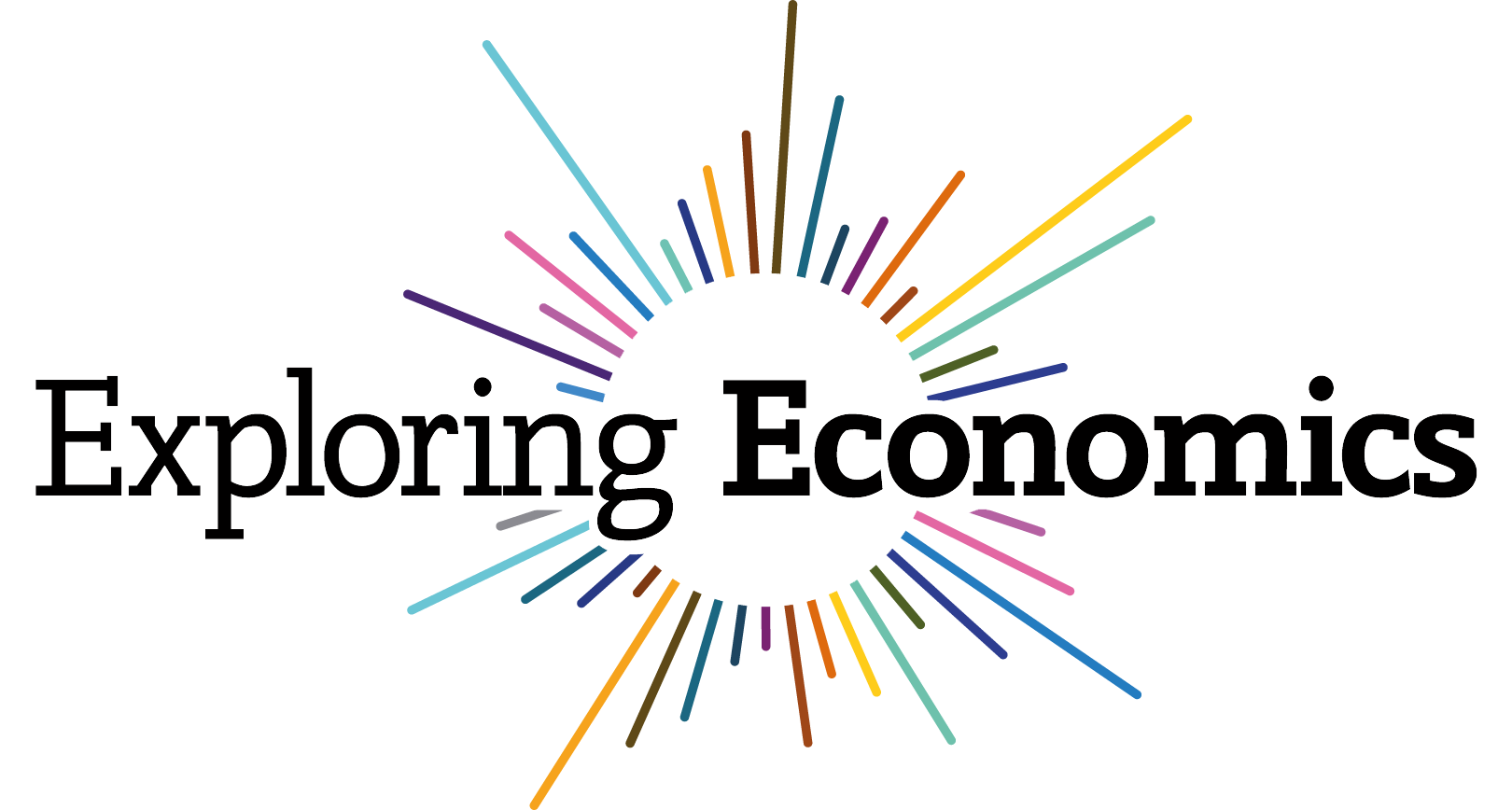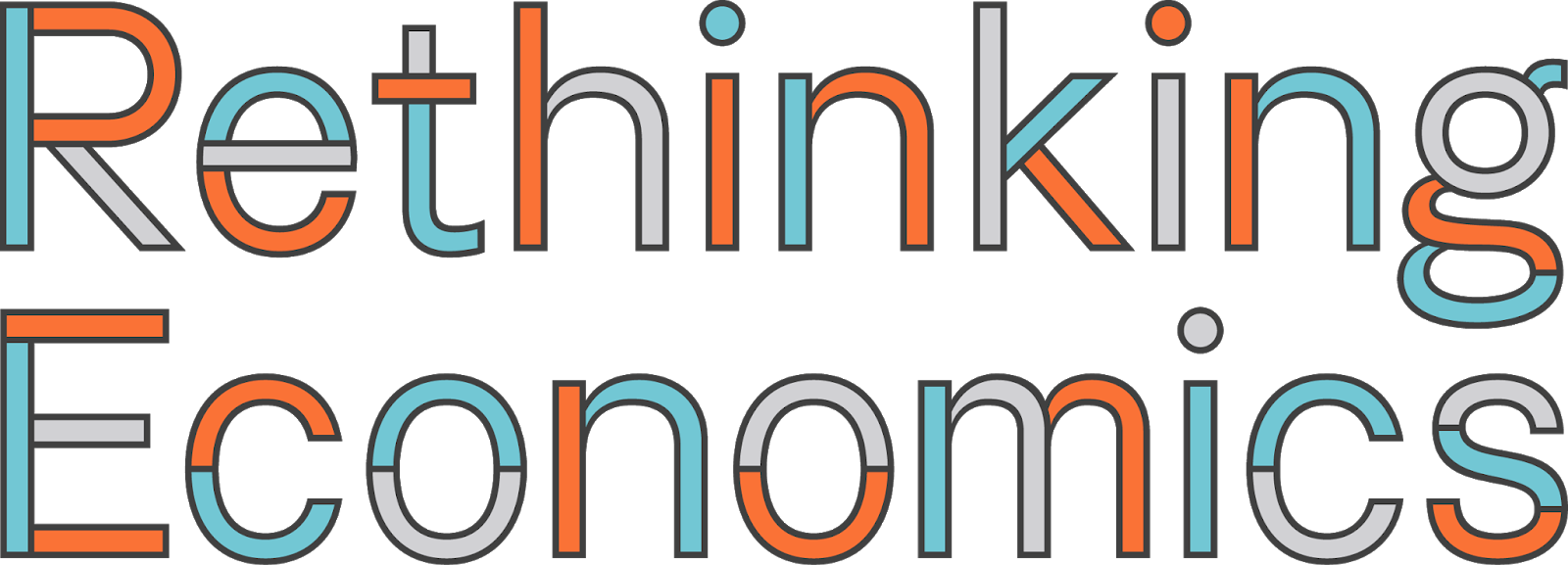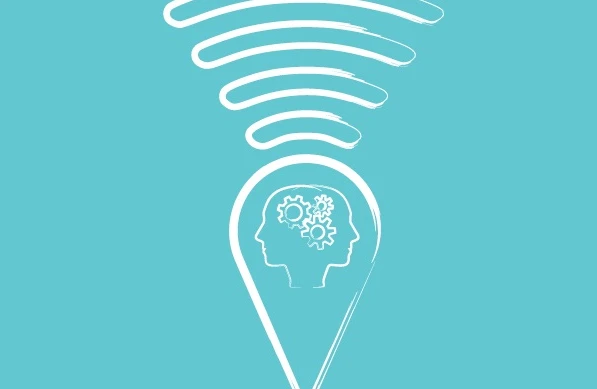The Quirks of Human Decisions, Explained
Rethinking Economics, 2020
Pluralist Showcase
In the pluralist showcase series by Rethinking Economics, Cahal Moran explores non-mainstream ideas in economics and how they are useful for explaining, understanding and predicting things in economics.


The Quirks of Human Decisions, Explained
By Cahal Moran
As somebody who is immensely interested in how people make decisions, I’ve long been disappointed by how economists approach the issue. Standard models eject notions of how people actually process choices, which are not only interesting in themselves but which lead to much better predictions about behaviour. On this series I’ve twice discussed theories from psychologists which use boundedly rational behaviour, but I feel there is more to be said. In this post I want to look specifically at choices between complex commodities with multiple attributes and the compelling approach psychologists have taken to this ‘multialternative decision analysis’.
Most choices, especially important ones, do not have a single dimension. When deciding between two apples in a shop it’s just about permissible to say people are only concerned with taste and proceed from there. But when deciding on a house, a car, or a holiday it is completely different. Number of bedrooms, location, price, the quality of the kitchen and bathroom, whether it has a funny smell, and the exterior are just a few of the things people consider in a house. It’s simply not feasible (or even meaningful) to suggest they proceed based on some weighted average of the value of every component, as many theories of rationality do.
For a long time psychologists have modelled people as dealing with this complexity by a process of elimination, focusing on simple comparisons between particular attributes, one at a time, instead of making the decision in one shot. One of the earliest versions of this theory came from Amos Tversky, Kahneman’s spiritual co-recipient of the 2002 Nobel Prize. Before the two fully joined forces and birthed modern behavioural economics – entertainingly documented in Michael Lewis’ book The Undoing Project – Tversky was still working within the framework of mathematical psychology, and in 1972 he released a paper on the theory of Elimination by Aspects. When choosing a house someone will start with the most important aspect of the problem, such as that the number of bedrooms must be at least 3. Every house with bedrooms below this number is eliminated, and the person then proceeds to eliminate all the houses which are more than 20 miles from their job, and so on.
Elimination by aspect leads to some quirks of human decision making that other models have struggled with. For instance, suppose you were choosing between Drake and Childish Gambino albums, but there were 2 Drake and only 1 Childish albums in the set (this is probably an accurate depiction of their relative numbers, since Drake releases a lot of albums). You like both artists equally, so if you’d be equally likely to choose each artist. If you were faced with a choice between Drake album #1 and Childish, it would be 50/50; if you were faced with a choice between Drake album #2 and Childish, it would also be 50/50. Yet rational models infer from this that if you were choosing between all three albums, you’d have a 1/3rd chance of picking each. Most people can see that this would not be true: the most important aspect of the album is whether it’s Drake or Childish Gambino, so if all three albums were available the Drake albums would effectively be considered as one option and be chosen 1/4th of the time each, giving you an overall 50/50 chance of picking either artist once more. Elimination by aspect correctly predicts this choice pattern.
Tversky showed that from a population perspective you can assume the ordering of the aspects is random – you don’t have to know what is most important to each individual – but can still make predictions about the relative probabilities of choices. Tversky further tests the model using an experiment where subjects made decisions, some of which were easy visual tasks with only one metric such as ‘count the dots’; while others were more complex tasks like gambles or picking out the best college applicants based on a number of criteria. Results show that the probabilities of particular choices were best predicted by the elimination by aspects model in the case of the complex tasks, but not in the case of the simple one, where a rational model did better. This underscores the importance of this type model for the type of complex decisions we face every day.
Context Effects: Attraction, Compromise, and Similarity
One of the key assumptions of so-called rational models of decision making is the ‘independence of irrelevant alternatives’, an assumption Tversky disputes. This states that the if someone prefers apples to bananas, introducing the option of oranges should not make them choose bananas. Again this is sensible for the simple fruit-based examples that populate economics textbooks, but it is less clear cut for multialternative decisions. Modern psychologists/economists like Neil Stewart have detailed the important effects context can have, identifying three robust findings: attraction, compromise, and similarity.

Consider the above choice between a number of cars which have only two dimensions for simplicity: quality (y-axis) and economy (x-axis). Car B is very economical but of low quality, while car A balances the two attributes. Which one people choose will depend on what they want (duh) and cannot be predicted. However, there are some robust findings when introducing the other choices on the graph:
- D, a decoy which is slightly inferior to A along both dimensions. Studies consistently show that, by making A seem more attractive, introducing D increases the chances A will be chosen.
- S, an option similar to B. Studies show that adding S increases the chance A will be chosen, presumably by distinguishing A from the crowd.
- C, a mirror of B which has high quality but low economy. Studies show that introducing C increases the chance A will be chosen by making it seem like a compromise between the two extremes of B and C.
Rational theories of decisions have a difficult time making sense of these findings, but theories built on ideas of elimination do not. There are now a large number of these models in psychology, which compare attributes until a certain threshold is reached and the decision is made. And there are many interesting ways the theories can differ, such as whether the decision threshold is relative or absolute – to be chosen, does Car A have to have a certain number of miles per gallon, or just 20% more than Car B? Do people first select an attribute and compare it across every car, or do they tally up the attributes for each car, then compare the final scores? As the theories are all quite similar, increasingly subtle methods have been used to distinguish between them.
One of the most fascinating ways to test these different mechanisms is by tracking eye movements, and one experiment tested this using boxes like the below. Each car is a group of (in this case only 2) attributes. If peoples’ eyes stay on a given car, evaluating each and every attribute for that car, this implies a different decision-making process than if they stick to one attribute at a time, but flit between different cars. The eye movement data show people do the latter, and also that they use a relative stopping rule for a reason known as the ‘gaze-cascade effect’, where eyes increasingly focus on the final option as they continually compare it to others.

In a 2018 paper, Stewart and Takao Noguchi review the empirical clout of many of these theories. The paper narrows it down by choosing the theories that are best able to explain the attraction, similarity and compromise effects (Tversky’s Elimination by Aspects can only handle similarity, sadly). The chosen few are: Multialternative Decision Field Theory (MDFT), the Multiattribute Linear Ballistic Accumulator (MLBA), and Multialternative Decision by Sampling (MDbS). I fear that describing them all in detail will only confuse the reader, so I will just note that psychologists certainly know how to name a theory.
An advantage of these three is that they give exact predictions for the probabilities of each choice, which is tested in an experiment where people choose between different products. It is shown that all three theories fit the data well, though individually they have advantages and drawbacks – some under-predict the attraction effect, for example. Despite this, the authors prefer MDbS – which takes each attribute and compares it between only two of the alternatives at a time, with a relative stopping rule - for two main reasons. Firstly, unlike the others it can handle attributes which are not measured by the same yardstick, which makes sense for real decisions (speed and quality are not directly comparable). Secondly, it explains a much wider range of other noted heuristics and biases in the literature than other models (virtually all of them, in fact).
In summary, the most successful multialternative theories of decision making assume that people consider individual aspects of a choice and proceed via a process of elimination. Amos Tversky was one of the pioneers of this field, but modern decision theorists – most notably Neil Stewart – have moved things forward. At the current stage the theories are able to explain a number of strictly ‘irrational’ but reasonable quirks of human decision making, including various heuristics and biases. Not only this, but eye movements of participants strongly imply that the decision-making process depicted in the theories is an accurate one. The models therefore do more to enrich our understanding of decision-making than any I’ve seen.
There is still so much to discover!
In the Discover section we have collected hundreds of videos, texts and podcasts on economic topics. You can also suggest material yourself!

